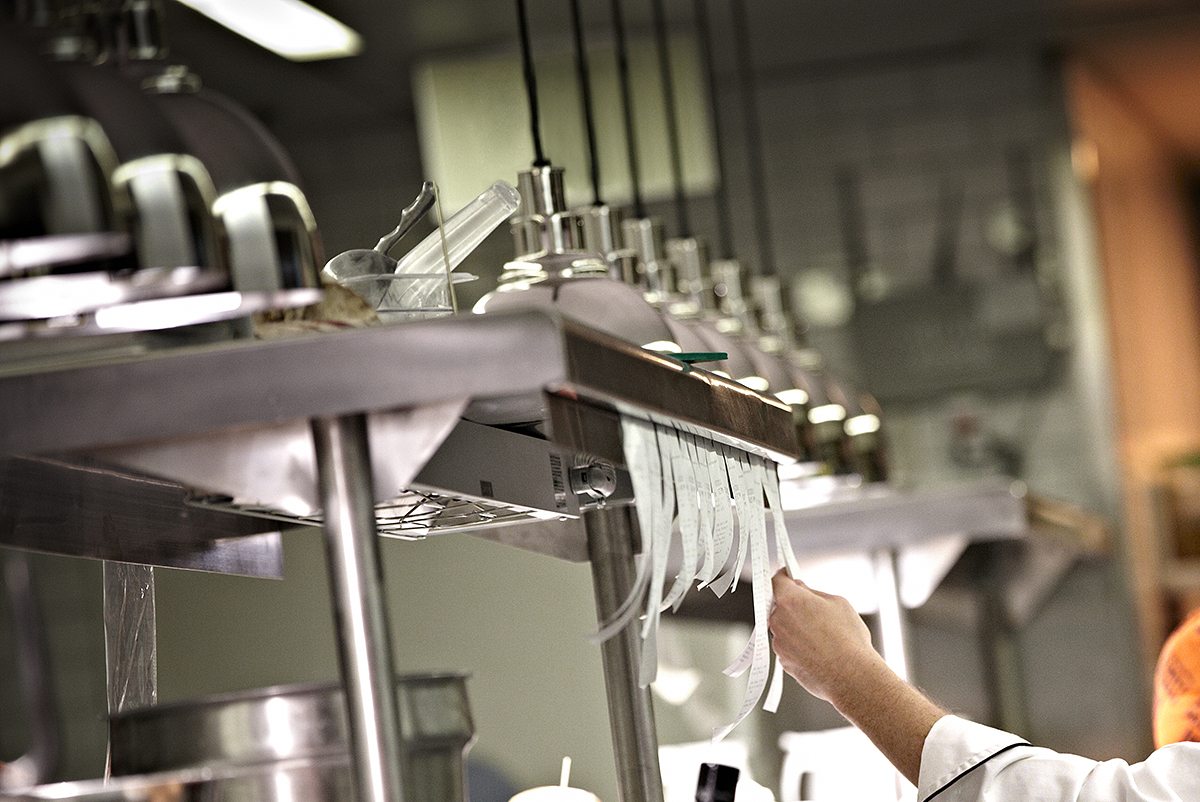You decide.
We’re breaking it down. Is offering delivery service worth it for you? What are the pros? The cons? Are the projected added costs of hiring drivers/increased insurance/the chance you take with food quality, issues you’re willing to tackle?
As background, we recently explored the uptick in delivery-only restaurant concepts making its mark on a new generation of restaurant owners and operators. Sure, these online restaurant prototypes are a sensible way to run one’s operating costs, since there’s no design/brick and mortar space/running restaurant operating costs, etc., but if you’re looking to expand your services (and your brand), eventually you need to expand.
So, here’s a look at the pros + cons of dine-in restaurants incorporating delivery into their available services, and a little crystal-ball insight and forecasting to that end.
PROS
Good investment. Restaurants with delivery are good investments and can be efficient moneymakers if done right. In fact, Hudson Riehle, senior vice president of the National Restaurant Association’s Research & Knowledge Group says, “When one looks at all restaurant industry traffic today, three-quarters of that traffic is off premises.” To that end: Grubhub, for example, processed about $2.5 billion worth of food orders last year. More on that later…
Reach new customers. As our nation rebounds fiscally, so does the outgoing cash busy guests are willing to fork over for convenience. Generate new business through outreach to local-area organizations, corporations, school PTA’s/Booster Clubs, and the like looking to place large food orders to local workplaces, school functions, church socials, high school athletic events, etc.
The Power of To Go. Use online and in-house ordering To Go services, for regular meal service and/or special holiday meals, to improve the guest at-home experience. To Go is a great way to capture a new breed of guests and dip ever so slightly into the ‘delivery’ pool: perfecting the prep & packing method of delivery without the added delivery-driver expenses hitting your P&L.
Specialize offerings. Delivery can be a daunting undertaking for any busy restaurant. But, offering smaller, specialized, for-delivery-only menus can set you apart and lighten your team workload. For example, have chef(s) show off their ingenuity by utilizing the for-delivery-only menu to test out new, specialized ingredients and/or dishes. Bonus: get extra mileage out of your marketing/social media outreach by highlighting special offerings unique to your delivery menu.
CONS
Kitchen flow: interrupted. A busy kitchen is not going to stand still to prep, serve, and package delivery orders. You don’t want to interrupt or strain your in-house guest service, so in order to do delivery right; you’ll need a staff/area designated for delivery prep/orders only.
Don’t forgo quality. Test. Then test again. The food offerings/menus you choose for delivery have to stand a food quality test. Make sure food doesn’t loose its quality, temperature, and taste in transit.
Budget increase. Full-service delivery costs money. Extra workforce, delivery driver’s insurance, and associated costs will hit your bottom line. Be prepared for the extra expenses by adding these costs into your annual business plan budget. Research other area delivery services and speak to other owners and operators to get a realistic idea of costing for the first year; keep records so you’ll know how to budget annually.
Keep watch. Chart what methods, process, menus, food quality test results, and offerings work for you if moving forward with delivery. Knowing what works and what doesn’t for your brand is key.
Remember: one bad experience with your restaurant, and customers, whether dine-in or delivery, could be turned off for good.
*photo: taking orders at MoCo’s Founding Farmers
